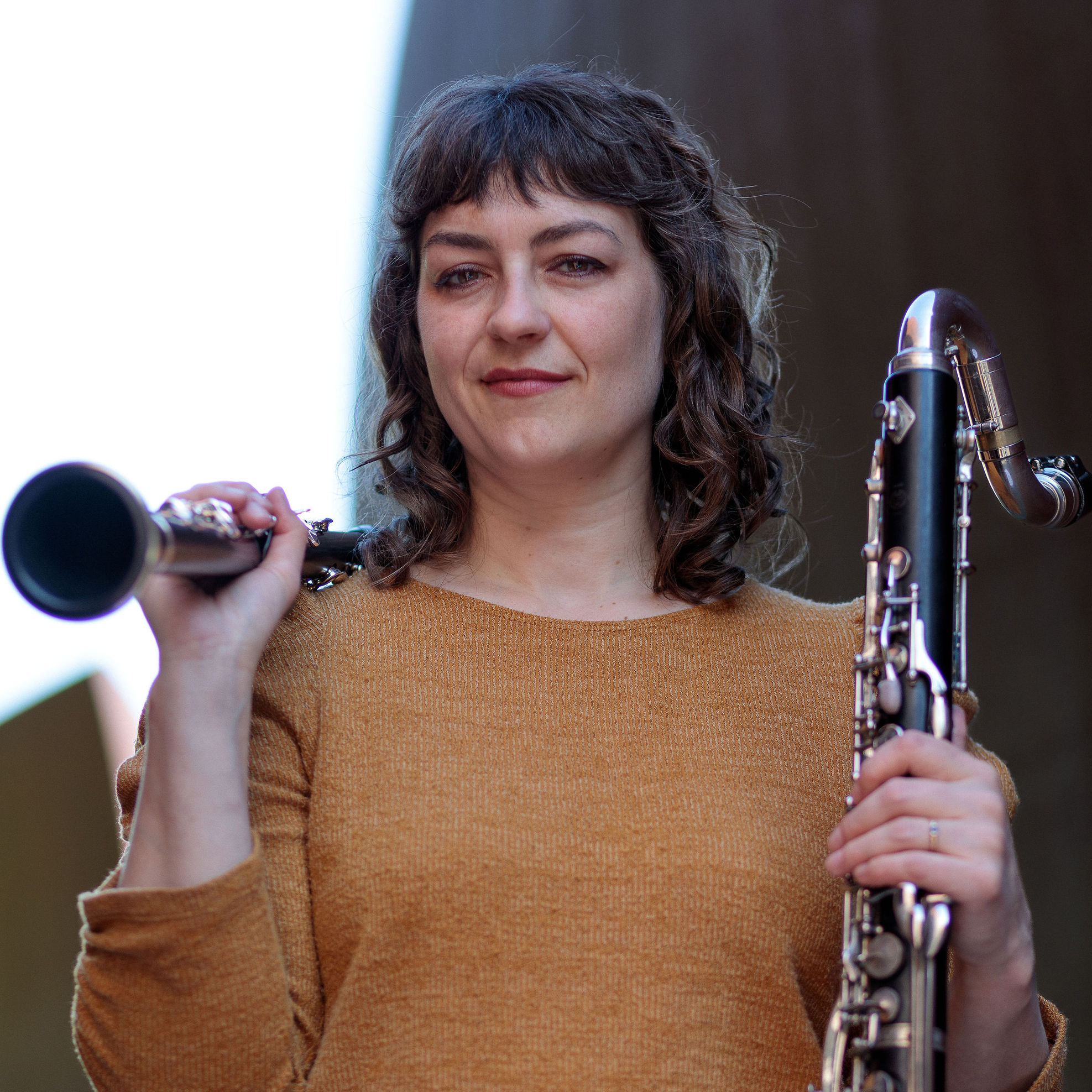I’m excited to be performing L. Scott Price’s Crystalline Vapor for clarinet and computer for the second time, on Monday, February 21 as part of the “Centerpieces” concert series, hosted by the Center for Experimental Music and Intermedia (CEMI) at the University of North Texas. Here is a recording of the premiere performance at the Dallas Festival of Modern Music last November:
[audio:/RY Price.mp3]Crystalline Vapor is all about timbre. As Scott explains, “the clarinet’s unique timbre – from crystalline clarity to warm airiness – provides the musical and sonic basis of this work.” As such, I found this piece to be quite a challenge in two primary ways.
First, the concept of thinking timbrally is different from the mindset I am usually in as a clarinetist. I work hard each day to find a consistent and beautiful sound–but in playing new music I am constantly reminded that that is not the only sound through which the clarinet can be musically expressive. So, I spent a lot of time trying to understand what types of sounds Scott was wanting to hear with the timbral trills, flutter-tonguing and multiphonics, and how the computer extended and added to those sounds. I was initially struck by the many exciting moments and unique sounds, but I spent a lot of time thinking about how to connect these moments and work with the pacing to enhance the cohesiveness of the work as a whole.
Second, I had to work on the various techniques needed to create these sounds. For each timbral trill or inflection, I selected a fingering, often presenting the composer with several and asking which he preferred. We came to a consensus that the difference in timbre was the most important aspect of the trills, so I felt free to vary the pitch up to a quarter-tone in order to create an audible timbre trill. The multiphonics were insanely difficult and unreliable, even though Scott’s initial choices were based on sessions where we sat down together and tried out multiphonic fingerings. Because the piece calls for multiphonic trills and slurs, and rapid switches from technical passages to multiphonics, I had to make quite a few substitutions (with the composer’s approval) in order to make those passages reliable enough for performance. For both the timbre trill and multiphonic fingerings, I used Rehfeldt’s New Directions for Clarinet and Richards’ The Twenty-First Century Clarinetist as a jumping-off point, but often experimented with adding a finger here or opening a key there to find the sound and control that I wanted. All this is not to mention the difficulties of executing a timbral trill during a glissando, or flutter-tonguing in the altissimo register, or transitioning gradually from air sound to tone and back.
But although the piece was quite intimidating at first, it feels much more comfortable coming back to it the second time. I am reminded again why I enjoy collaborating with composers to perform new music – one reason being that they constantly challenge me to do things with the clarinet that I never thought I could do. This is why, when composers ask me what techniques I “specialize” in, I don’t like to immediately pull out my “bag of tricks,” but instead encourage them to first describe the sound they want or the notation they envision, and let me try to do it. With an instrument as rich with timbral possibilities as the clarinet, I am often surprised by what I actually can do, once I work at it. Then, my task becomes to incorporate the new technique so well that for the listener, the focus is not on the technique, but on the sound itself.
Please visit L. Scott Price’s website to learn more about him and listen to some of his other works.
